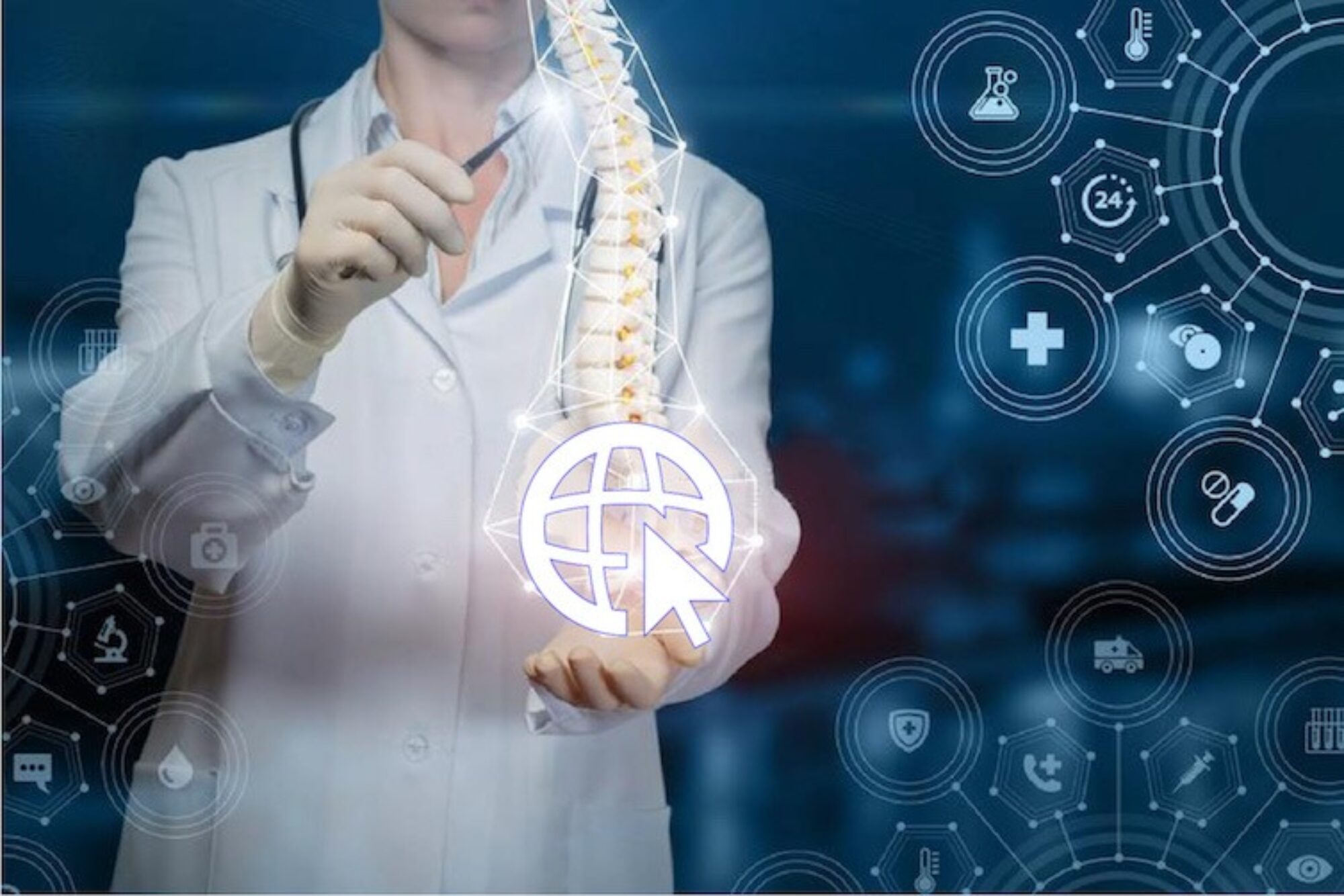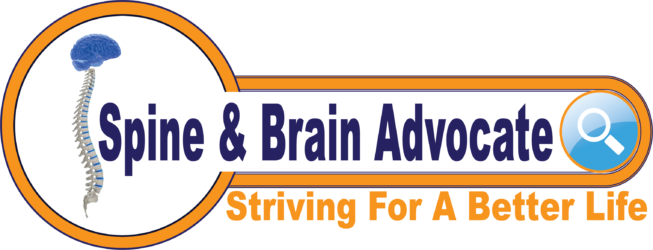EDS / Connective Tissue Disorders
“Ehlers-Danlos syndrome is a group of disorders that affect connective tissues supporting the skin, bones, blood vessels, and many other organs and tissues. Defects in connective tissues cause the signs and symptoms of these conditions, which range from mildly loose joints to life-threatening complications…
An unusually large range of joint movement (hypermobility) occurs in most forms of Ehlers-Danlos syndrome, and it is a hallmark feature of the hypermobile type. Infants and children with hypermobility often have weak muscle tone (hypotonia), which can delay the development of motor skills such as sitting, standing, and walking. The loose joints are unstable and prone to dislocation and chronic pain. In the arthrochalasia type of Ehlers-Danlos syndrome, infants have hypermobility and dislocations of both hips at birth.
Many people with the Ehlers-Danlos syndromes have soft, velvety skin that is highly stretchy (elastic) and fragile. Affected individuals tend to bruise easily, and some types of the condition also cause abnormal scarring…” (USA) Reference
Testing for EDS / Connective Tissue Disorders
Preliminary Screening according to The Ehlers-Danlos Society: Reference
1.Beighton Scoring System – assessing joint hypermobility
2. 5-part questionnaire for hypermobility
3. Upper & lower limb assessment tools for hypermobility
Genetic Testing for certain types of EDS Reference
Neurological and spinal manifestations of the Ehlers–Danlos syndromes:
Treatment
“The first line of treatment should be neck brace, physical therapy, and avoidance of activities that provoke exacerbation of the AAI symptoms. If the non-operative treatment fails, fusion stabilization of C1/C2 is required. Incompetence of the alar ligament requires dorsal surgical fusion [Menendez and Wright, 2007]. Occiput to C1/C2 fusion should be considered in the presence of craniocervical instability, basilar invagination, or complex Chiari malformation.
Areas Needing Investigation
- The prevalence and natural history of AAI in the EDS population.
- The importance of dynamic imaging studies (such as CT with rotation of the cervical spine to extreme left and right, requires further validation to promote a generalized adoption of these studies to diagnose AAI, and to prompt greater availability of dynamic imaging facilities).
- Surgical outcomes for treatment of rotational instability and the long-term outcome in EDS.
EDS & Craniocervical Instability – Epidemiology
Dentistry and EDS: “Ehlers-Danlos syndrome (EDS) is the name given for 6 types of connective tissue disorders. While the prevalence of this disease is small, it is seen on every continent and affects both sexes and all races. The various types of EDS are reviewed with reference given to both the older Berlin nosology and the newer Villefranche nosology. Phenotypes of EDS vary depending upon which type of collagen is altered, leading the practitioner to the diagnosis before biochemical confirmation is obtained. In this regard, because collagen is present throughout the head and neck, oral and maxillofacial manifestations of the disease are discussed and are readily noticeable to the astute dentist. Specialists in several fields of dentistry are made aware of the complications EDS can pose on treatment, healing, and follow-up care.” (USA) Reference
Cellular and Molecular Mechanisms in the Pathogenesis of Classical, Vascular, and Hypermobile Ehlers‒Danlos Syndromes. The Ehlers‒Danlos syndromes (EDS) constitute a heterogenous group of connective tissue disorders characterized by joint hypermobility, skin abnormalities, and vascular fragility. The latest nosology recognizes 13 types caused by pathogenic variants in genes encoding collagens and other molecules involved in collagen processing and extracellular matrix (ECM) biology. Classical (cEDS), vascular (vEDS), and hypermobile (hEDS) EDS are the most frequent types…” (Italy) Reference
Physiotherapy – Kevin Muldowney’s book “Living Life to the Fullest with Ehlers-Danlos Syndrome”
The Ehlers-Danlos Society – Is EDS rare or common? Reference

